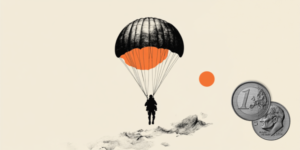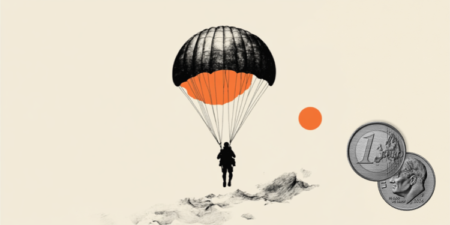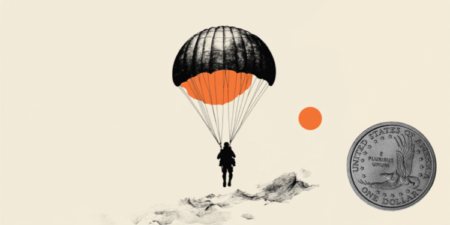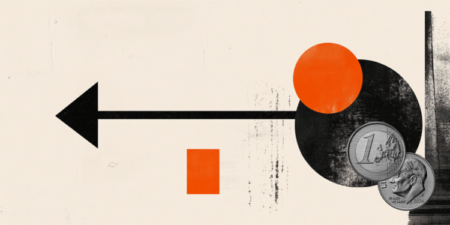- The Indian Rupee loses traction in Wednesday’s early European session.
- Renewed US Dollar demand, significant foreign fund outflows and higher crude oil prices undermine the INR.
- Investors are bracing for the FOMC Minutes, which are due later on Wednesday.
The Indian Rupee (INR) trades in negative territory on Wednesday. The US Dollar (USD) demand due to the maturity of positions in the non-deliverable forwards (NDF) market and a decline in most Asian peers weigh on the INR. Additionally, persistent outflows from local stocks and a recovery in crude oil prices contribute to the local currency’s downside.
On the other hand, potential USD selling intervention by the Reserve Bank of India (RBI) might help limit the INR’s losses. Investors will keep an eye on the FOMC Minutes, which will be released later on Wednesday. Also, the US Housing Starts and Building Permits will be published.
Indian Rupee remains weak amid global economic dynamics
- India’s Gross Domestic Product (GDP) is projected to grow at 6.6% in the October-December quarter of 2024-25, down from 8.6% recorded in the same period of 2023-24, according to the Bank of Baroda on Tuesday.
- ICRA has projected the year-on-year (YoY) expansion of the GDP to rise to 6.4% in the third quarter of the current fiscal year (Q3FY25) from the seven-quarter low of 5.4% in Q2FY25.
- The NY Empire State Manufacturing Index climbed to 5.7 in February versus -12.6 in January, according to the Federal Reserve Bank of New York on Tuesday.
- San Francisco Fed President Mary Daly said on Tuesday that prospects of further rate cuts in 2025 remain uncertain despite an overall positive lean to US economic factors.
USD/INR’s constructive outlook prevails despite consolidation in the shorter term
The Indian Rupee softens on the day. Technically, the USD/INR pair keeps the bullish bias on the daily timeframe, with the price holding above the key 100-day Exponential Moving Average (EMA). Additionally, the upward momentum is further supported by the 14-day Relative Strength Index (RSI), which is above the midline around 56.0, indicating that further upside looks favorable.
The immediate resistance level emerges near the 87.00 psychological level. More green candlesticks and sustained trading above the mentioned level could draw in more bullish demand and push USD/INR back to an all-time high near 88.00, en route to 88.50.
In case of a further downswing, the first downside target to watch is 86.58, the low of February 17. Extended losses could see a drop to 86.35, the low of February 12, followed by 86.14, the low of January 27.
Read the full article here
















